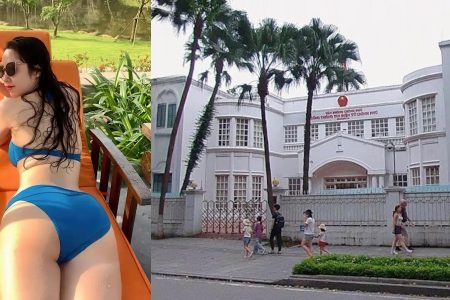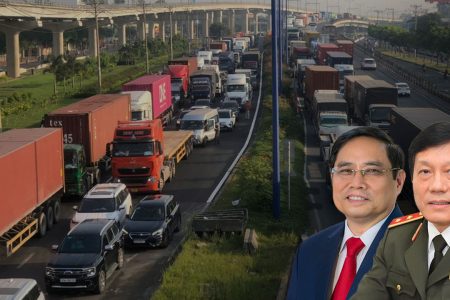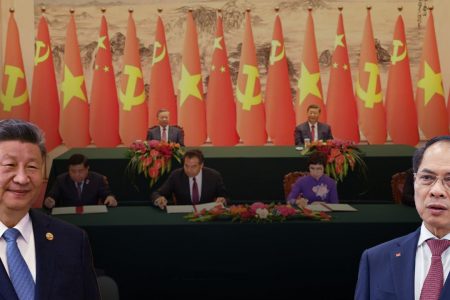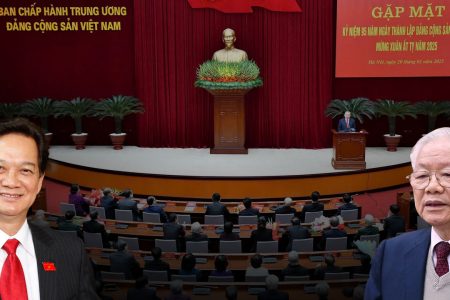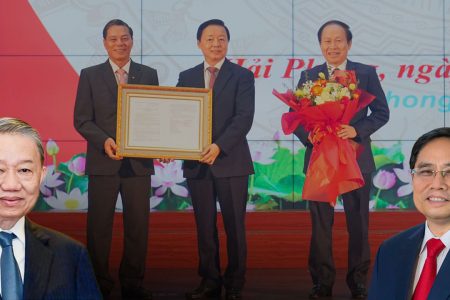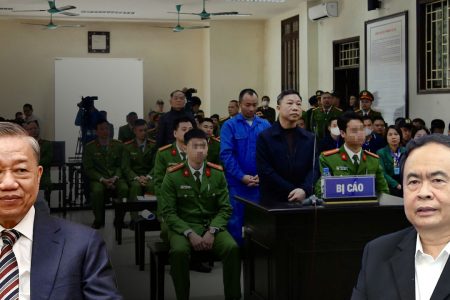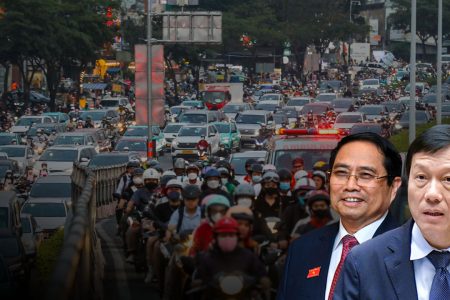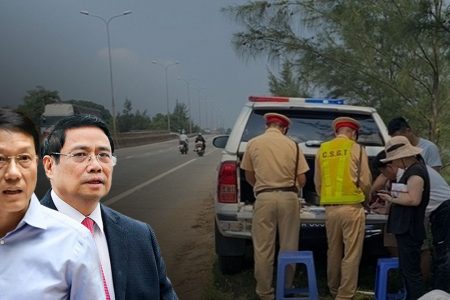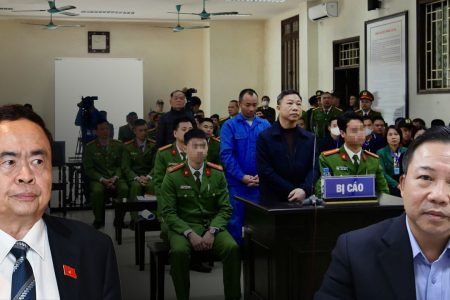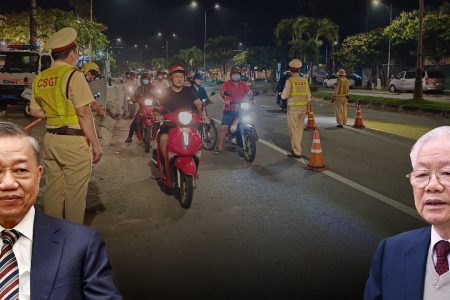
The Vietnamese government plans to reduce rice-growing land by nearly 350,000 hectares by 2030, the state-controlled media reported on October 29.
Specifically, when submitting this plan to the National Assembly, Minister of Natural Resources and Environment Tran Hong Ha said that by 2030 the area of rice and rice combined with food crops will only be 3.57 million hectares.
In the past 10 years, Vietnam’s rice land has decreased by 202,930 hectares, mainly in the Red River Delta and Mekong River Delta to switch to fruit trees and climate change adaptation aquaculture. climate, infrastructure development, urban, industry…
According to the Minister of Natural Resources and Environment, in the past 10 years, the area of non-agricultural land has increased by 226,040 hectares, reaching 3.93 million hectares in 2020.
For industrial parkland, the target decided by the National Assembly by 2020 is 191,420 hectares, but only 47.45% has been achieved. With the goal of turning Vietnam into a modern industrialized country, accounting for 40% of GDP, the government expects that by 2030 there will be 210,930 hectares of industrial parkland, an increase of 120,100 hectares compared to 2020.
According to this report, in the period of 2021-2030, the Government will focus on building infrastructure so that the land for educational institutions reaches 78,600 hectares, the land for medical facilities is 12,040 hectares, and the land for basic cultural facilities- 20,370 hectares of culture…to meet the requirements of the Human Development Index (HDI) by 2030.
At the end of the report, the Minister of Natural Resources and Environment said that in order to meet the target of the urbanization rate reaching over 50%, the government planned urban land use to 2030 to be 2.95 million hectares, an increase of 925,780 hectares from today.
Thoibao.de (Translated)



